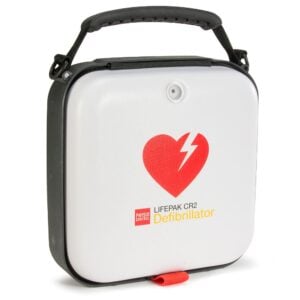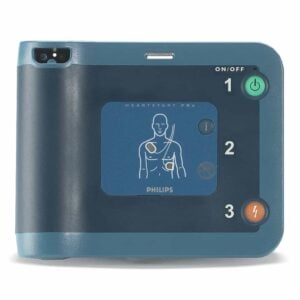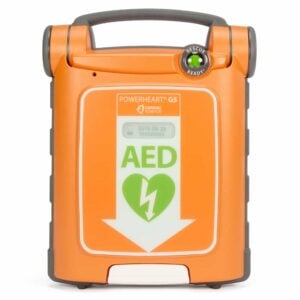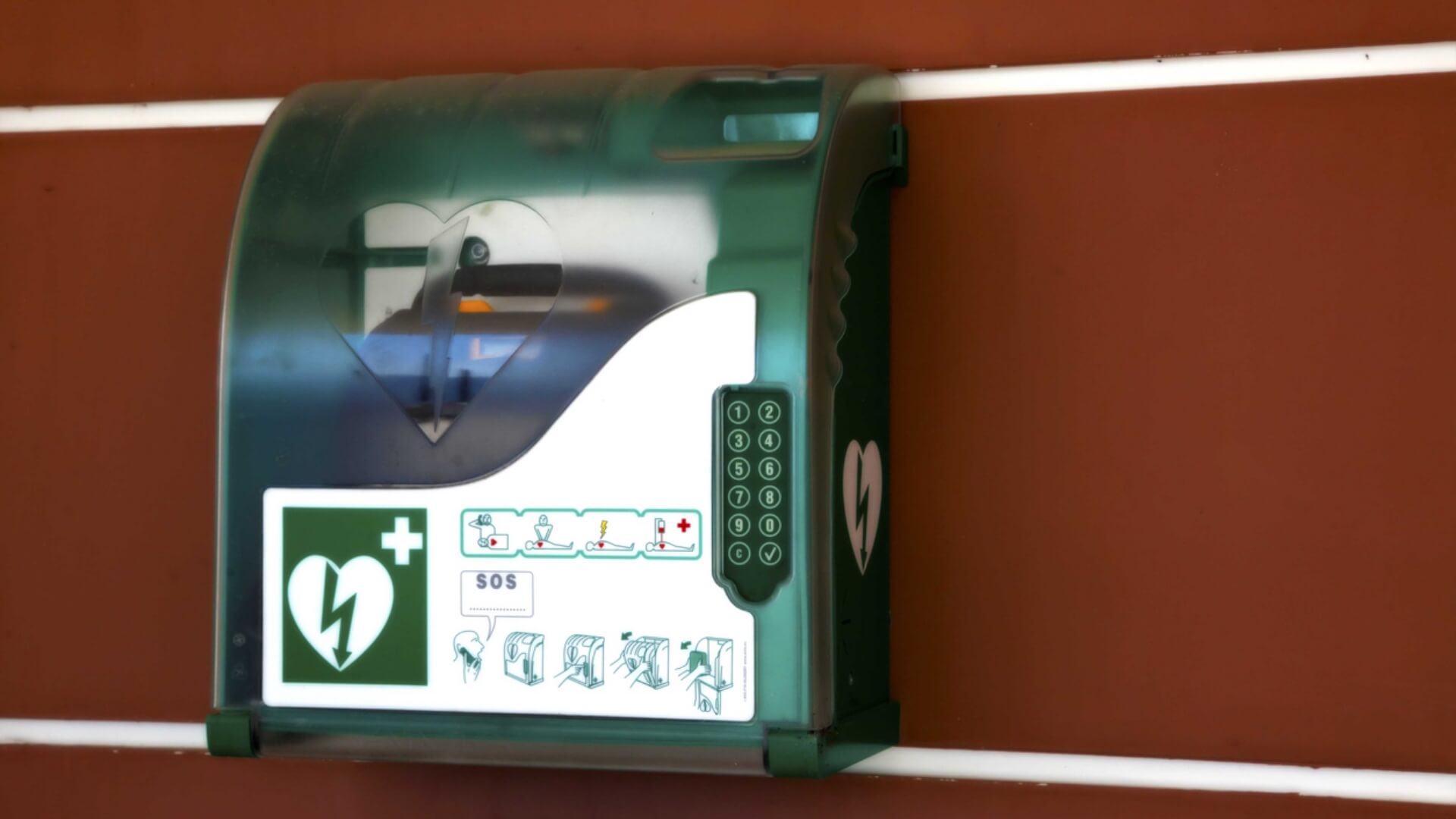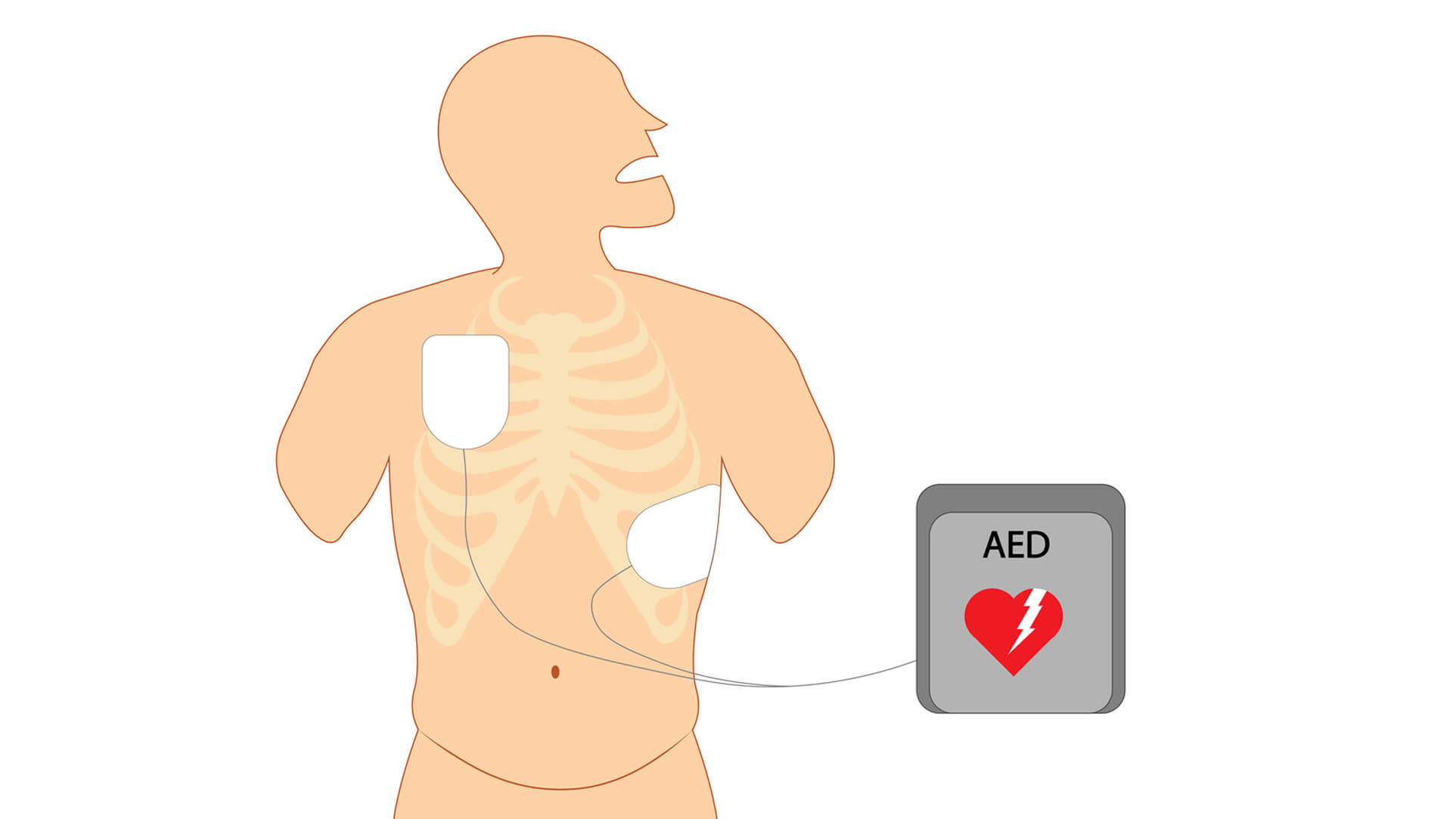-
 Written By
Prabakar Mahalingam
Written By
Prabakar Mahalingam
- Published
Best AED for Schools – A Complete Guide to Choosing the Right Defibrillator for Student & Staff Safety
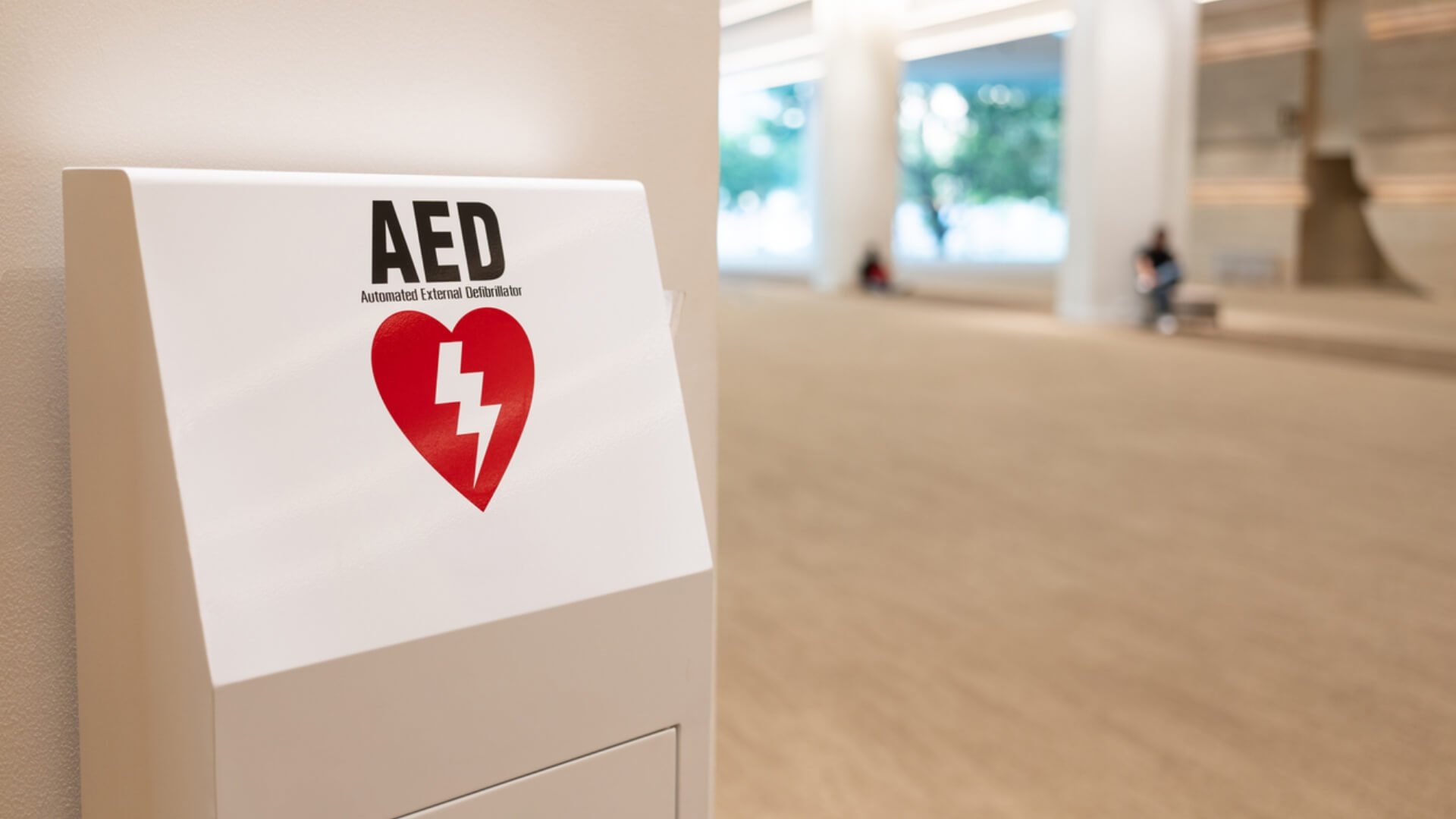
Choosing the right AED for schools isn’t a choice; it’s a must. It keeps students and staff safe. Cardiac emergencies are a top cause of sudden collapse. Keeping a defibrillator nearby can mean the difference between life and death. Schools have fire extinguishers, safety drills, and medical help. Now, an AED is also a key part of that protection. Quick access to this lifesaving device boosts the school’s response ability. It helps create a safer and more prepared learning environment.
Each year, thousands of students in the U.S. face sudden cardiac arrest. If help doesn’t arrive quickly, the results can be fatal within minutes. When CPR is combined with immediate defibrillation, survival rates rise dramatically. Providing schools with the right devices ensures help is ready when needed. This gives students a better chance to survive a crisis.
Picking the best defibrillator for schools.
Choose important features when selecting an automated external defibrillator (AED) for a school. The right device must be reliable and easy to use. It should also provide quick help in an emergency.
Pediatric Capabilities: Preschools and elementary schools need a defibrillator made for kids. Many devices have pediatric pads or let you switch to a child setting. This keeps students safe if they are under eight years old or weigh less than 55 pounds.
Dual-Language Capabilities: Many AEDs provide clear voice instructions. This helps anyone respond easily in a crisis. In schools with different language needs, a dual-language option can help. It meets those needs and boosts confidence. This is crucial when every second counts.
Ease of Use: Some staff might know CPR and basic life support. But emergencies can happen when no expert is around. In those moments, a simple AED is essential. It lets even untrained people act quickly and confidently when time matters.
It’s best to select an AED from a trusted, FDA-approved brand to ensure quality and dependability. Selecting a device that meets safety and performance standards helps schools feel confident in its reliability during emergencies.
- Includes an extended warranty
- Performs daily, weekly, and monthly self-tests to ensure readiness
- Contains new batteries and electrodes (note the end dates)
When buying a pre-owned AED for a school, make sure it’s fully recertified. Only fully tested and updated devices can ensure safety and reliability in emergencies.
Recommended AEDs for schools
These AEDs have the key features mentioned earlier. They are also cost-effective, making them practical and reliable choices for schools.
Physio Control LIFEPAK CR2
Why it’s ideal for schools:
- With Child Mode, the AED automatically reduces the shock level for younger patients. This means you don’t need separate pediatric pads.
- The device has ClearVoice audio prompts. These prompts guide users step by step. They help anyone, even those without training, place the electrodes safely and correctly.
- The device switches instructions between English and Spanish with a quick button press. This keeps things clear for all users.
Other distinguishing features:
- The Physio-Control LIFEPAK CR2 is unique. It lets you do CPR compressions while it checks the heart rhythm.
- The AED connects to Wi-Fi. It runs regular self-checks to stay operational and ready for use.
Recommended accessories:
- LIFEPAK CR2 Case: In an emergency, you might need to carry the AED across campus. A sturdy case keeps it safe and makes it easy to transport from the office to the field or anywhere else.
This AED is best for:
- Its child-friendly design makes it perfect for preschools and elementary schools.
Cost: $2,376.
Philips HeartStart FRx
Why it’s ideal for schools:
- The Philips HeartStart FRx has a special Infant/Child Key. This key quickly changes the device from adult to pediatric mode.
- The device is easy to use. It provides clear voice instructions and has built-in sensors. These sensors know when a shock is needed.
- The unit is lightweight, but it can resist impact, dust, and moisture. This makes it reliable in busy athletic settings.
Other distinguishing features:
- This defibrillator is compact, making it easy to carry and store in tight spaces.
Recommended accessories:
- Philips HeartStart FRx Carry Case: The sturdy case has plenty of space for the AED. It also holds the Infant/Child Key, backup pads, and extra batteries.
This AED is best for:
- For middle and high schools with active sports programs, this AED has a compact and sturdy design. It can meet the challenges of the field with minimal difficulty.
Cost: $2,060 for a complete value package.
Cardiac Science Powerheart G5
Why it’s ideal for schools:
- The Cardiac Science Powerheart G5 can use pads for both adults and kids. It’s important to choose the right set for treatment.
- Users can switch the device’s instructions from English to Spanish with one button press.
- Rescue Coach™ technology offers text and voice prompts. It guides users step by step through the whole process.
Other distinguishing features:
- A built-in CPR metronome keeps the right rhythm. It uses audible ticks to guide how fast to compress.
- The device provides customized audio feedback. It changes based on the user’s experience level.
Recommended accessories:
- Cardiac Science Backpack for Powerheart G5: This secure backpack is designed for quick transport. It has clear compartments. They keep the defibrillator and its accessories organized and easy to reach.
This AED is best for:
- This AED is ideal for high schools and universities. It offers customizable settings and adjustable language options. Plus, it supports different skill levels, making it great for a diverse faculty. The need for separate pediatric pads makes it harder for younger students.
Cost: $2,217
Essential accessories for school AEDs.
No matter which model you choose, some AED accessories are always essential. Keep them on hand.
Wall Cabinet: An AED wall cabinet keeps the device safe and easy to see. It has an alarm that goes off when opened. This helps prevent theft and alerts others to an emergency.
Extra Pads: AED pads can dry out and lose their effectiveness. So, replace them after use or when they expire.
Extra Battery: AED batteries usually last about four years. Keeping a spare is smart for emergencies. Self-tests will show when it’s time to replace them.
Are AEDs legally required in schools?
AED rules vary by state. Most states require high school students to have CPR training. Yet, fewer than half need schools to have defibrillators.
- Alabama
- Arkansas
- Connecticut
- Florida
- Georgia
- Louisiana
- Maryland
- Nevada
- New Jersey
- New York
- North Dakota
- Oklahoma
- Oregon
- Rhode Island
- South Carolina
- Texas
Many states need AEDs in public schools. Yet, only New Jersey and Oregon apply this rule to private schools. Regardless of mandates, having a device on campus is vital for saving lives.
FAQs
What is the best AED for schools?
The best AED for schools is reliable, easy to use, and FDA-approved. It should also have pediatric settings for younger students.
Do schools legally need an AED?
AED requirements vary by state. Some states mandate them in public schools, while others do not. Yet, every school benefits from having one on campus.
How does an AED help in an emergency?
An AED gives a controlled shock. This helps restore a normal heart rhythm during sudden cardiac arrest. This greatly boosts survival chances.
Do schools need pediatric AED pads?
Students under eight years old or weighing less than 55 pounds should use pediatric pads or the child mode for safe treatment.
How long does an AED battery last?
Most AED batteries last about four years. Schools should always have a spare. They should replace batteries when self-tests signal it’s time.
Conclusion
Equipping schools with the best AEDs goes beyond fulfilling a rule. It’s about ensuring a safe space for students and staff during critical moments. A sudden cardiac arrest can happen at any time. That’s why having a dependable, easy-to-use defibrillator on campus is crucial. It can save lives. Choosing the right device is important. Having the right accessories matters, too. Also, preparing staff is a key step for schools. These actions help protect everyone inside.
